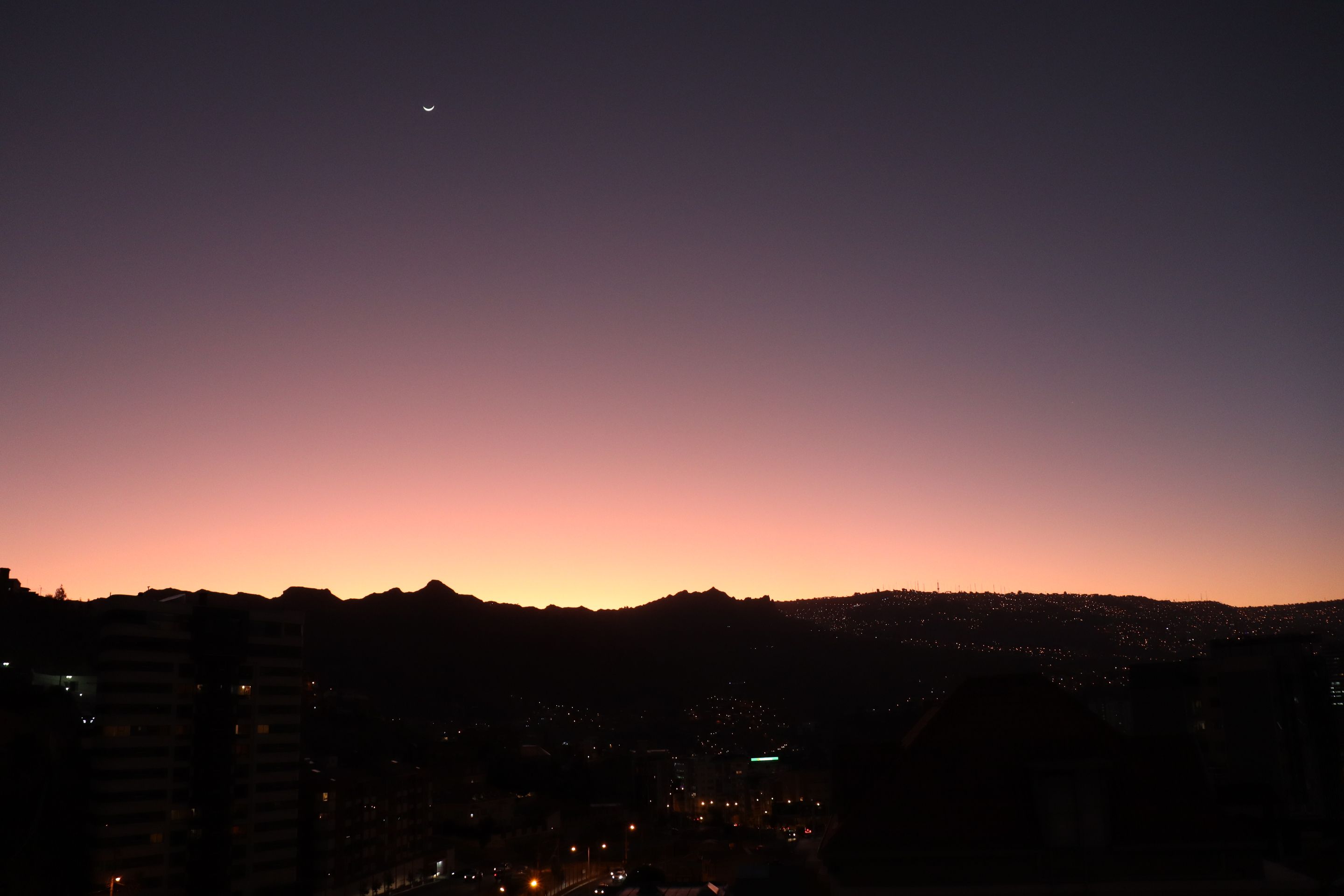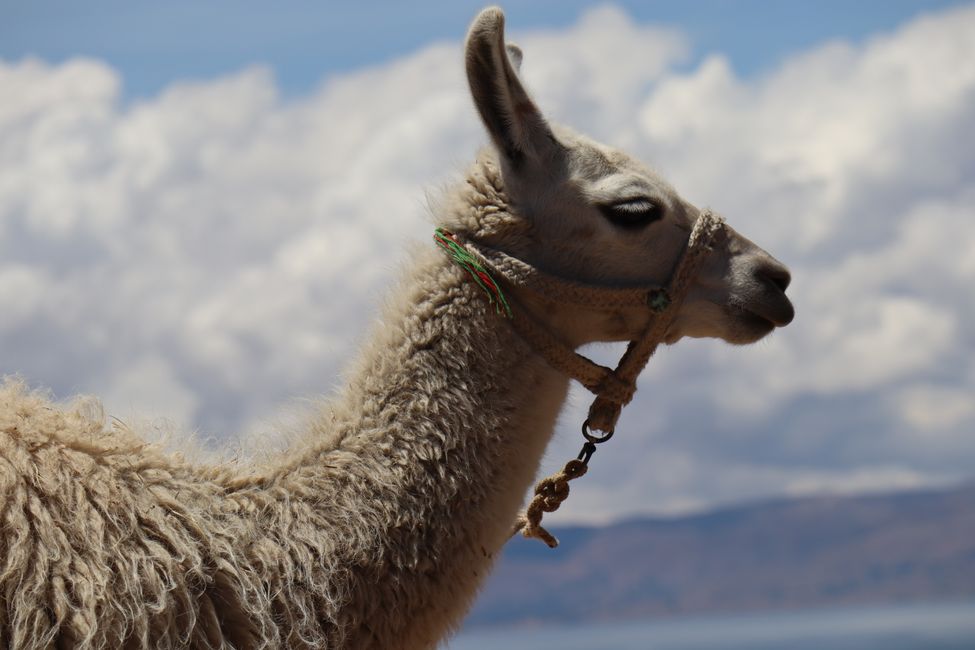
fear-and-loathing-in-southamerica
vakantio.de/fear-and-loathing-in-southamerica
From La Paz to Isla del Sol (Titicaca Lake) and back...
Foillsichte: 09.10.2022
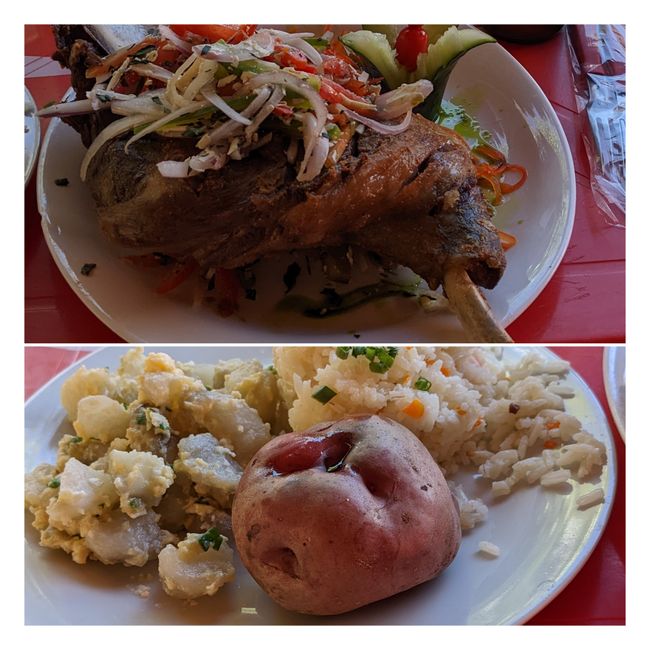
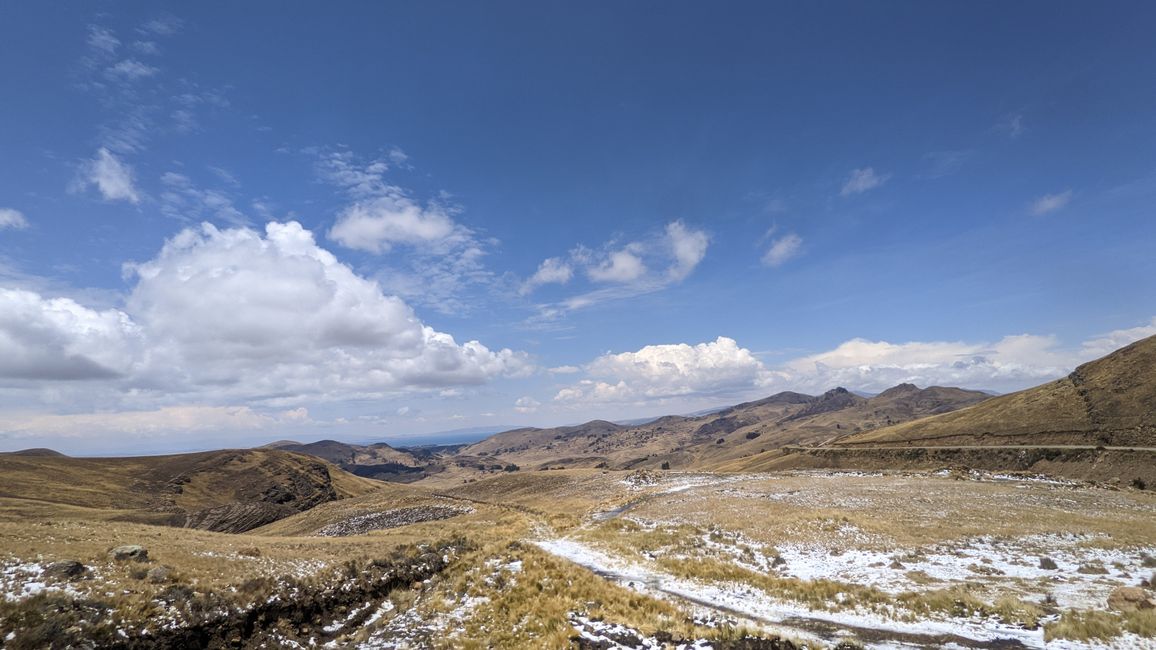
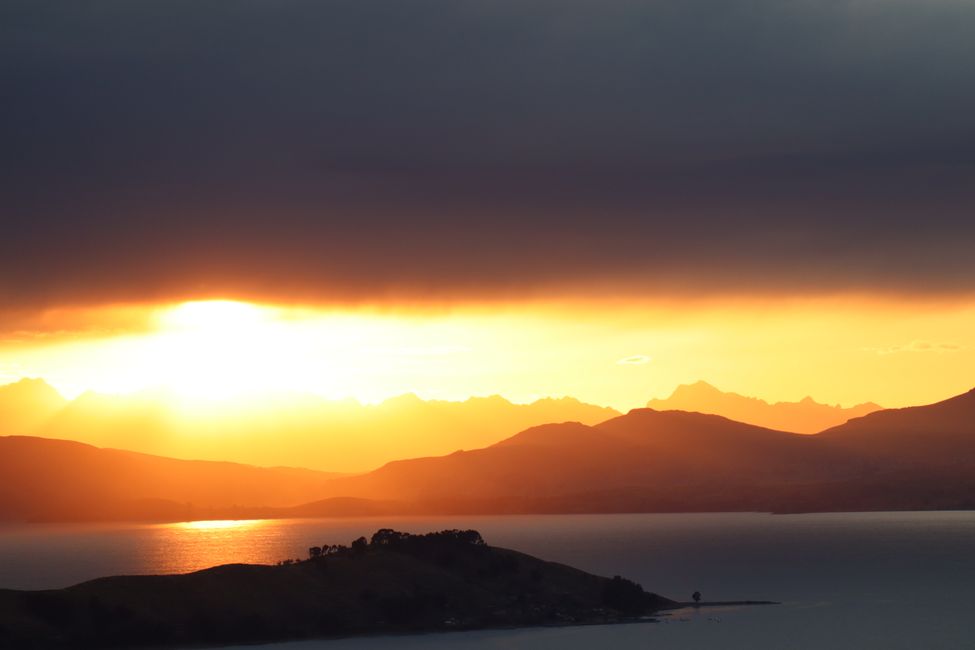
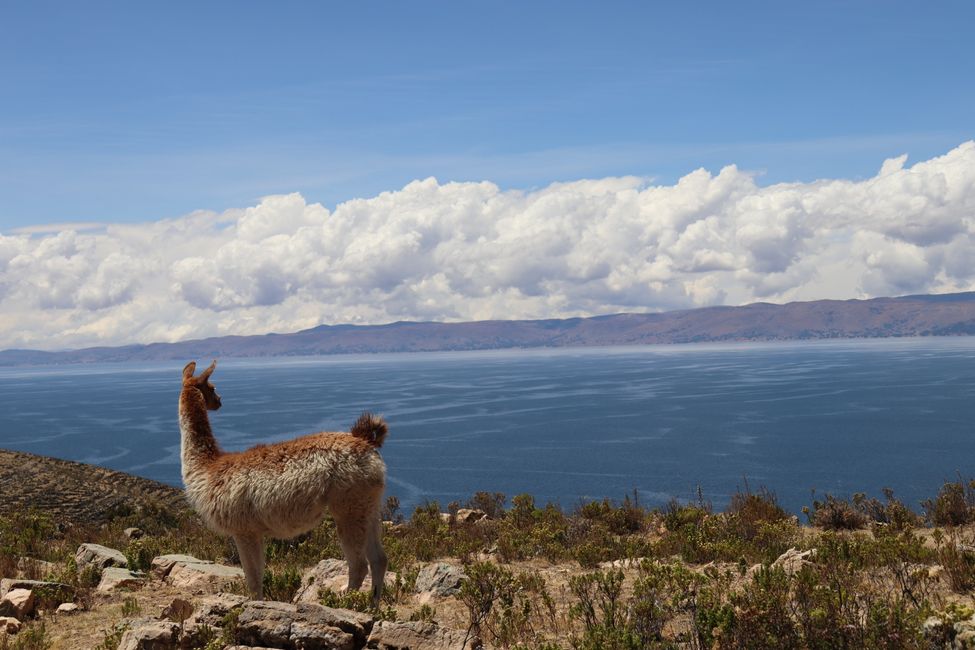
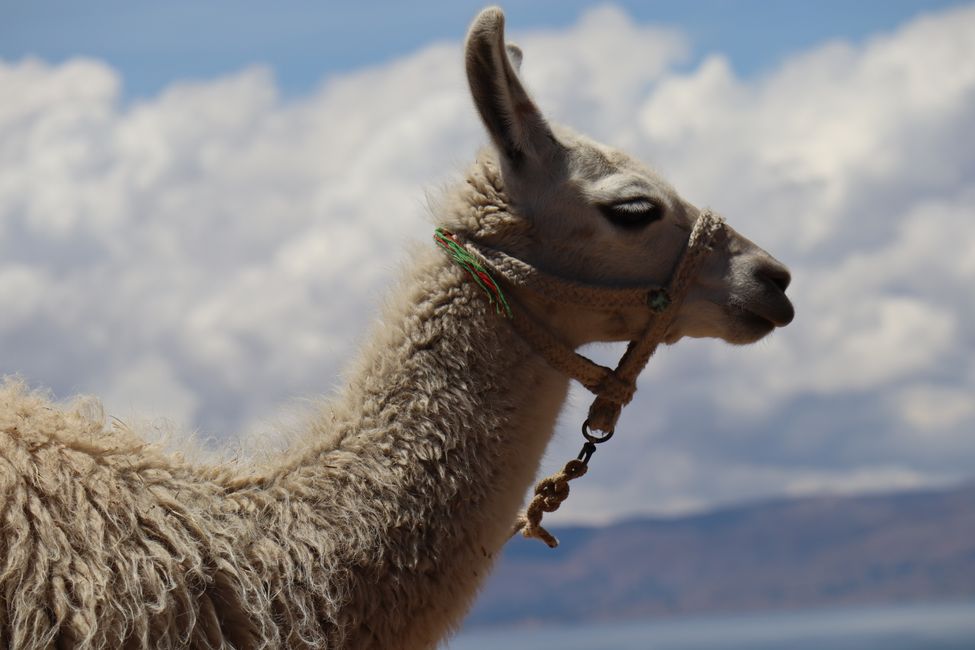
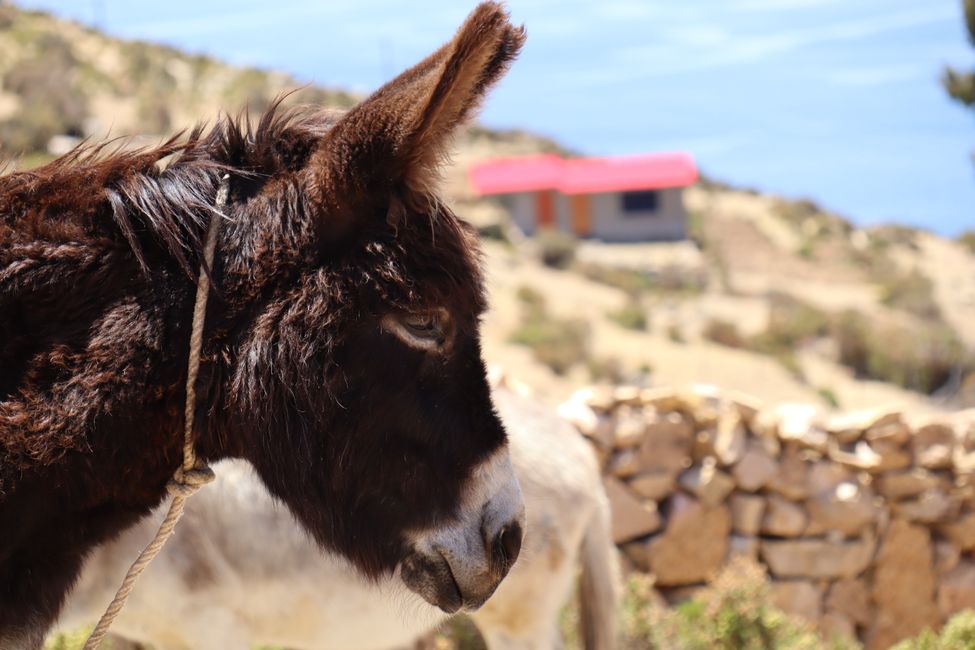
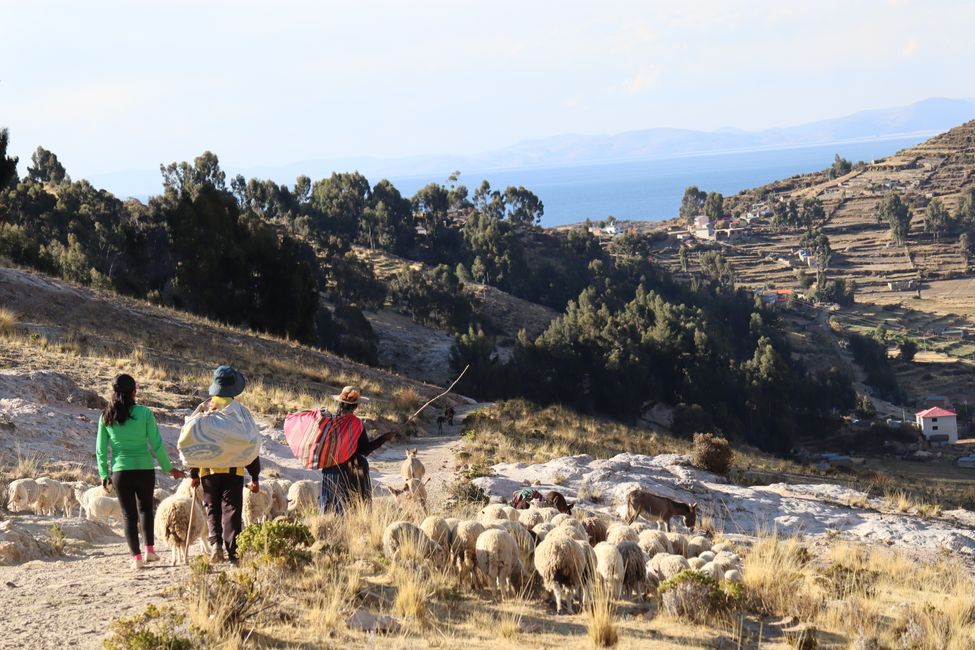
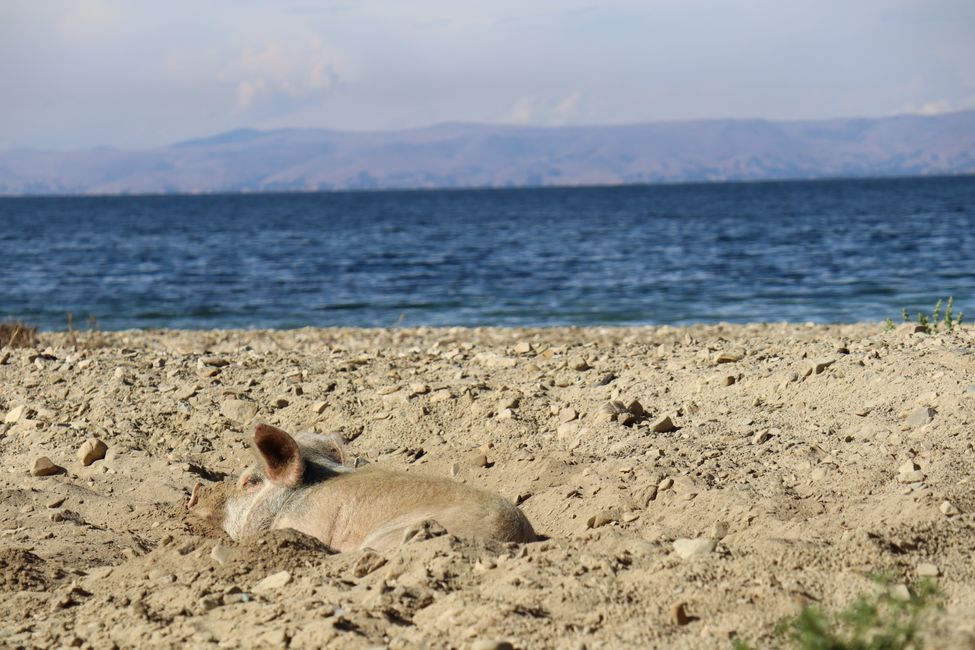
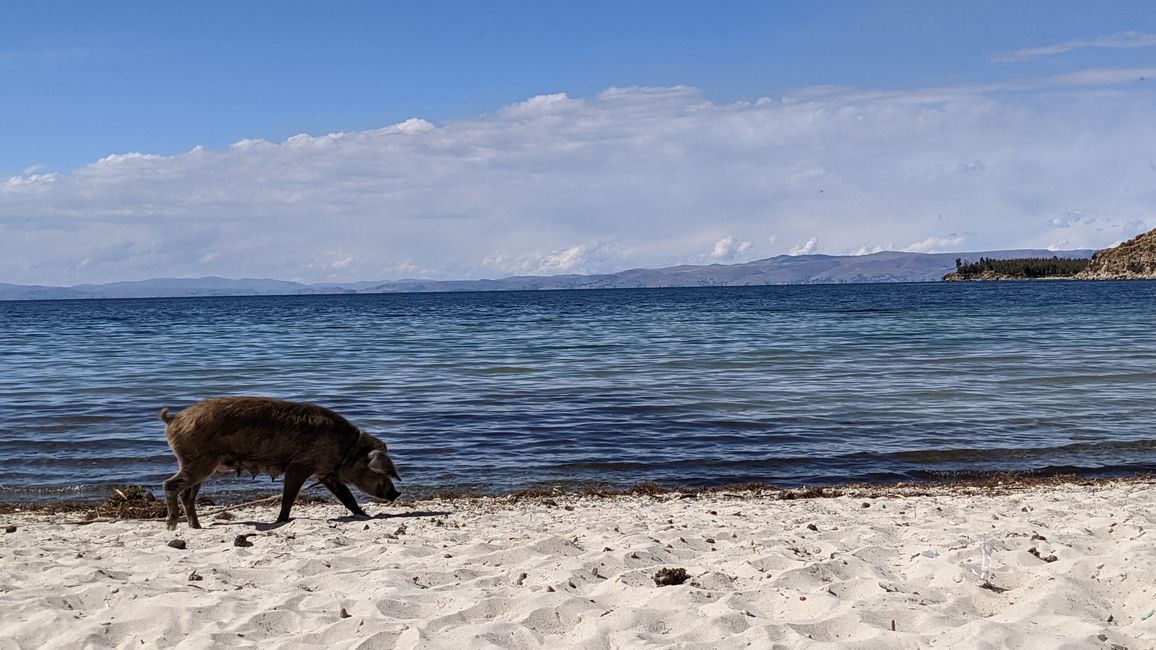
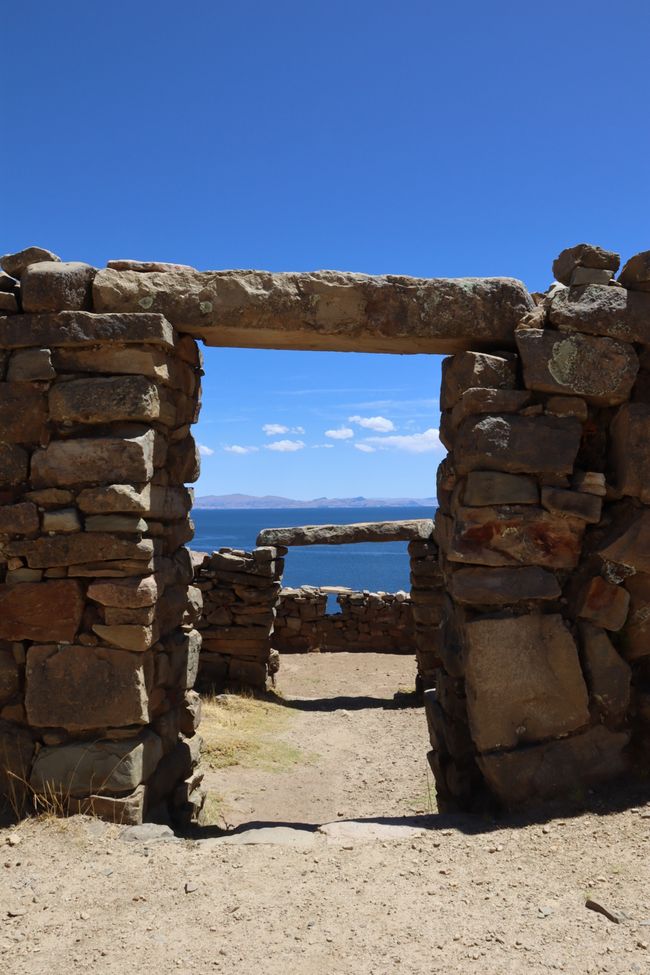
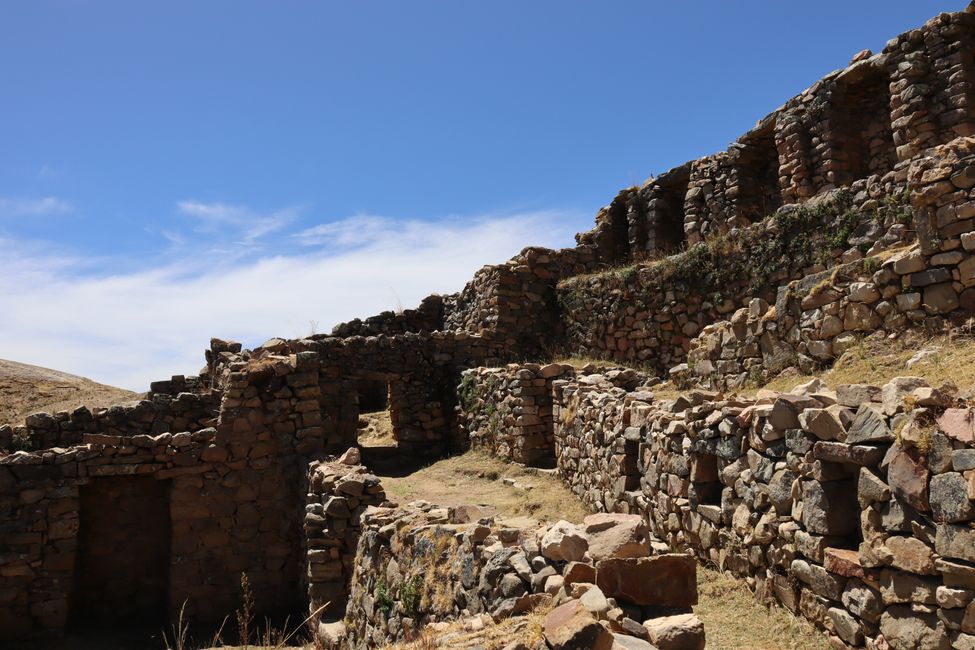
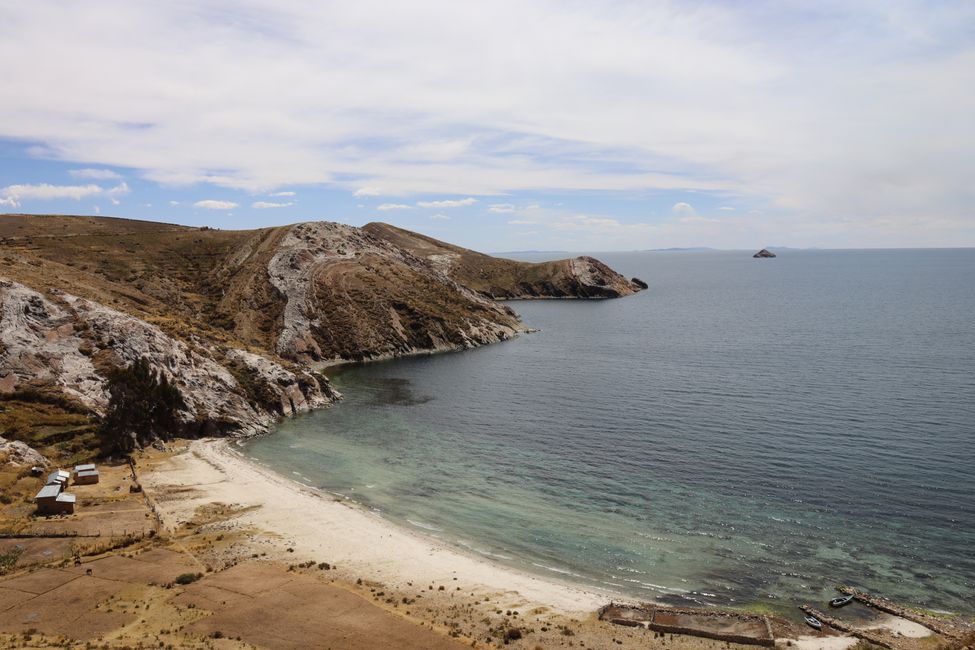
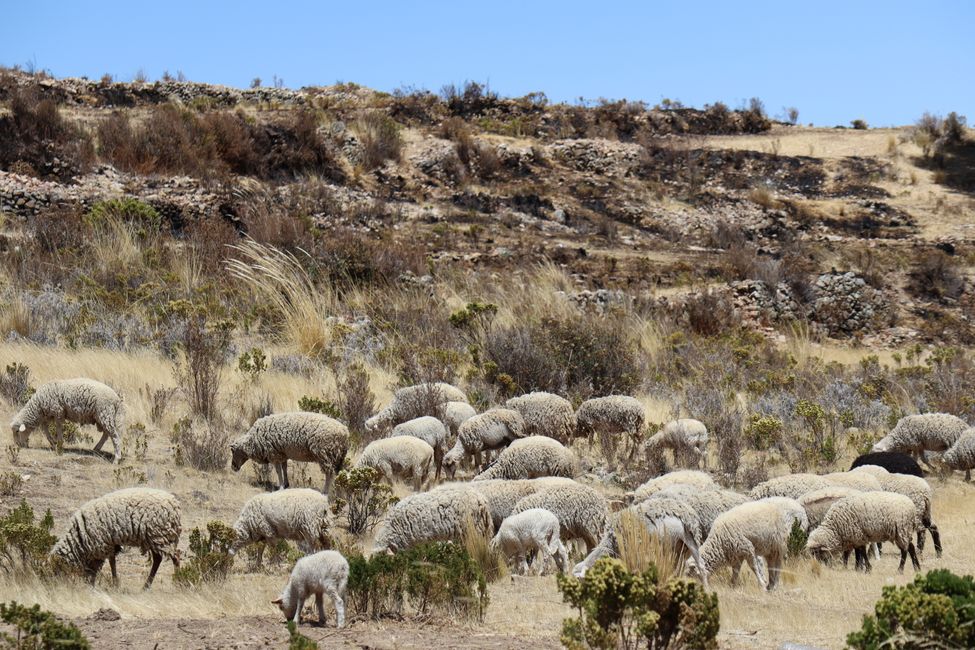
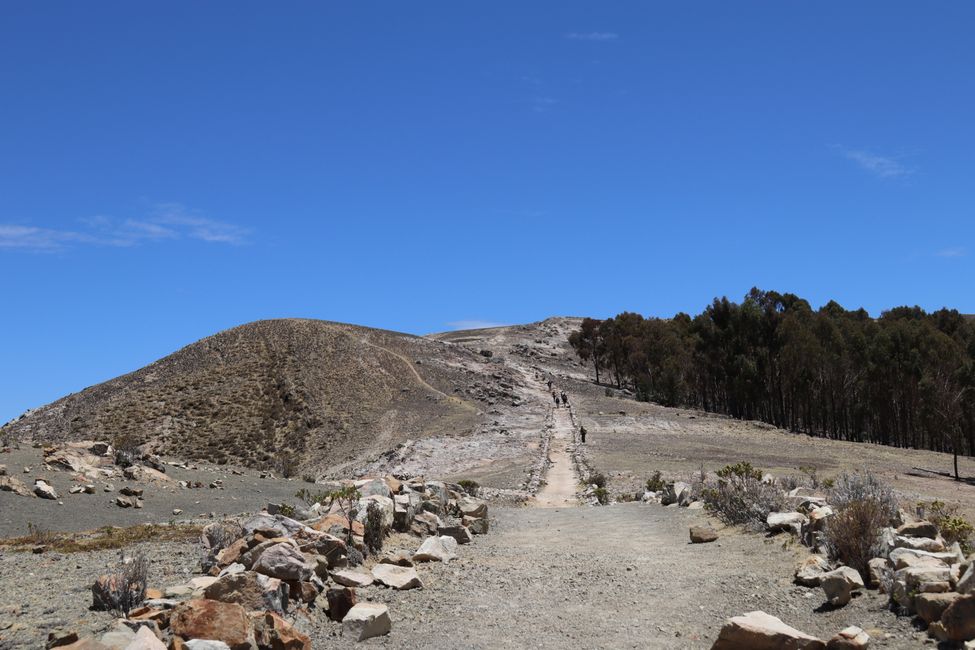
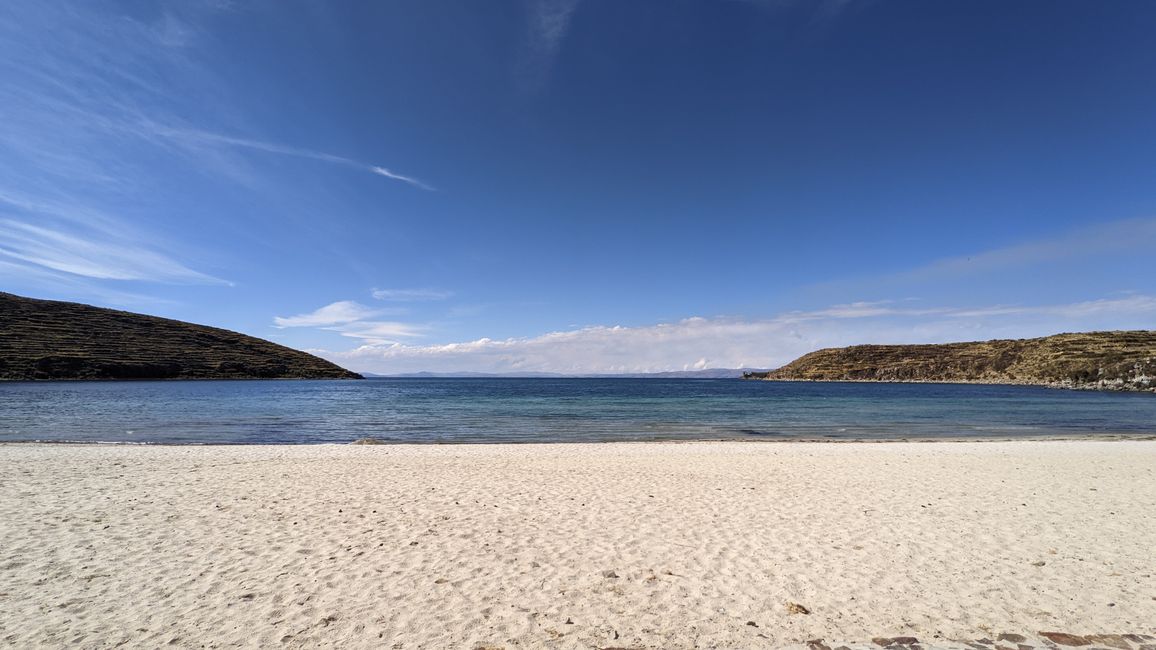
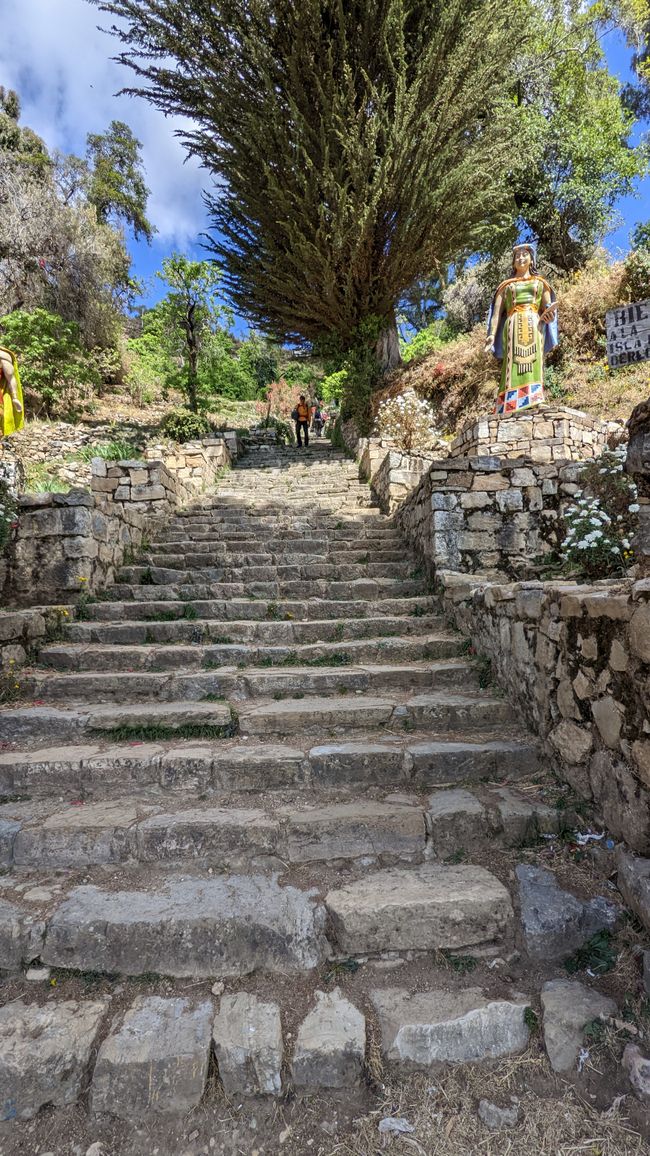
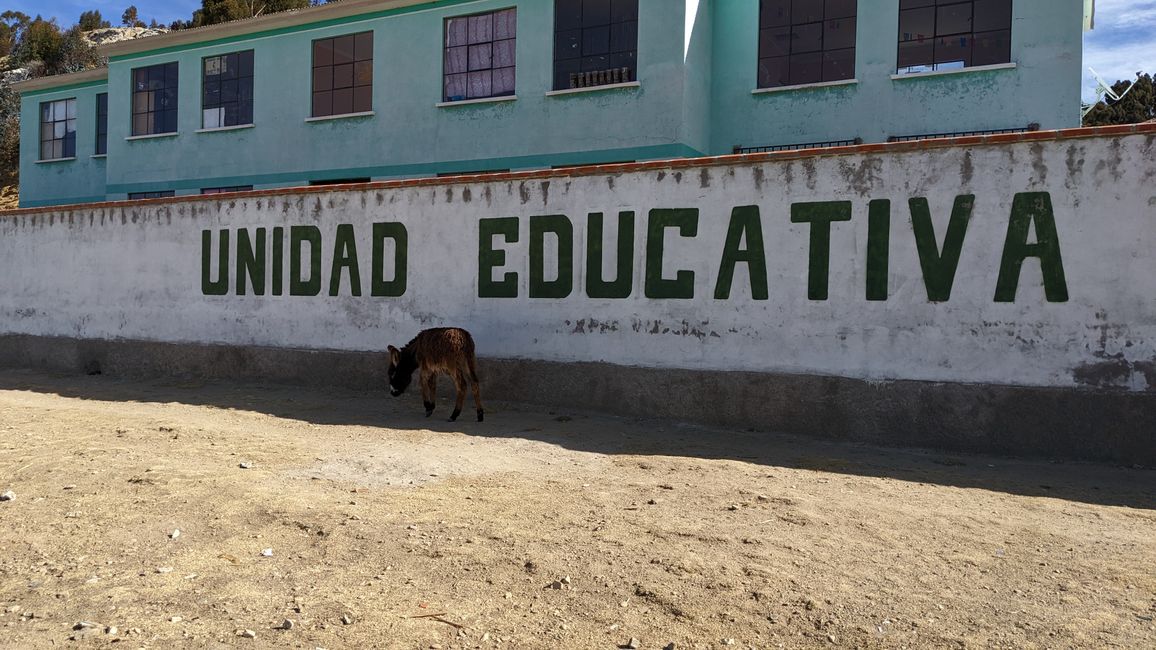
Subscribe to Newsletter
02/03/22-02/10/22
The decision to indulge in the Bolivian nightlife on Saturday (= longer, boozy bar visit with Joelle and Bolivian colleague + subsequent 80s/90s trash disco), as expected, had consequences. Accordingly, the (hangover) program on the following day was manageable. We visited Valle de la Luna (impressive, but unfortunately quite touristy) and then went to an authentic Bolivian restaurant for dinner. I should mention that the Bolivian cuisine (at least what I have tried so far) is often very meat-heavy and rich, and the portions are sometimes gigantic. So, I wasn't shocked when I was served what felt like half a lamb on my plate (plate #1). As if that alone wasn't enough to feed a Bolivian extended family, plate #2 was then filled with a mountain of side dishes (potatoes, rice, and chuños*!!). Honestly, I don't know who or what can consume and want such quantities.
*dehydrated and therefore easily storable potatoes, typical staple food in many parts of the indigenous population
03/10/22-06/10/22
After 6 days in La Paz, it was time to escape the hustle and bustle of the city for a bit. So, I set off to visit the Titicaca Lake, about four hours away by bus. The bus ride there was surprisingly pleasant, although the condition of the roads leaves something to be desired. To get to the Titicaca Lake or the popular Isla del Sol among tourists, you have to make a stopover in the small (not very picturesque) port city of Copacabana. Since there is not a single ATM on Isla del Sol, I had to stock up on cash in Copacabana. Unfortunately, all the (3) ATMs did not work (had no money or who knows what). In the end, I had to exchange money (bolivianos) via credit card at the hostel. By the way, it is not uncommon in Bolivia for ATMs to have insufficient funds, to be tampered with or for some other reason not to work. After spending one night in Copacabana, I continued directly by boat to Yumani (Isla del Sol). The island is located at an altitude of over 4000 meters and has about 2000 inhabitants, most of whom are of indigenous descent. In addition, there are probably just as many sheep, pigs, and donkeys (and a handful of llamas). The island plays a big role in the mythology of the Incas. According to legend, the sun god Inti created the first ruler of the Incas on the island. In this regard, there are also some Inca ruins on the island. I immediately made acquaintance with such a ruin upon arrival in Yumani - the Inca staircase (aka Stairway of Death). It's not that I never exercise in my free time, but climbing stairs at this altitude (altitude sickness) seemed somehow too much for my body (being a smoker probably doesn't help either). Despite slowing down significantly and making numerous stops, my heart was pounding increasingly up to my throat. At the same time, I constantly felt like I wasn't getting enough or any air. Although I had informed myself beforehand, I never thought that I would struggle so much with altitude sickness. I can only hope that it will improve over time. So, when I finally arrived at the hostel after what felt like an eternity, I needed a longer rest. Obviously, the exhaustion was visible because a hostel staff immediately brought me a tea with dried coca leaves. The latter helps to alleviate the symptoms of altitude sickness. After a longer recovery phase, I spent the afternoon exploring the southern part of the island, where I saw real (unfortunately, tied up) llamas for the first time :). After reading several travel reports (and obviously suppressing the hardships of the previous day), I decided to explore the approximately 10-kilometer long and 4.6-kilometer wide Sun Island on foot the next day. The (over 20 kilometers long!!) South-North circuit hike took over 6 hours in total. Although I completely exhausted myself, I did not regret the hike in the slightest. Just being able to gaze over the seemingly never-ending, deep blue Titicaca Lake was reward enough for me. Maybe a few impressive facts about the lake: With an altitude of 3812 meters above sea level and a total area of over 8300 square kilometers, it is the highest commercially navigable body of water in the world. The lake is about 14 times larger than Lake Geneva or 418,600 times larger than Lake Egelsee ;).
07/10/22-09/10/22
After returning from the excursion (Isla del Sol) to La Paz, the journey continued towards the east of the country. The last two days (or still ongoing) we spent as a group of three (Joelle + her colleague) in Coroica (= taking it easy in a small town beyond the hustle and bustle of the city). While I have mainly been at altitudes above 3000 meters so far (meaning hot days and occasionally bitterly cold nights), the climate here (about 1500 meters) is much more pleasant. But this will change soon, because tonight a around 12-hour bus ride (I'm already dreading it) to Rurrenabaque awaits me, where I will have the opportunity to explore the Bolivian jungle in Madidi National Park.
Subscribe to Newsletter
Freagairt

Aithisgean siubhail Bolivia
